I have managed to briefly borrow the Huawei P20 Pro and did some tests against my Samsung S7 (whose camera is practically identical to the S9).
Whole scene, S7, jpeg
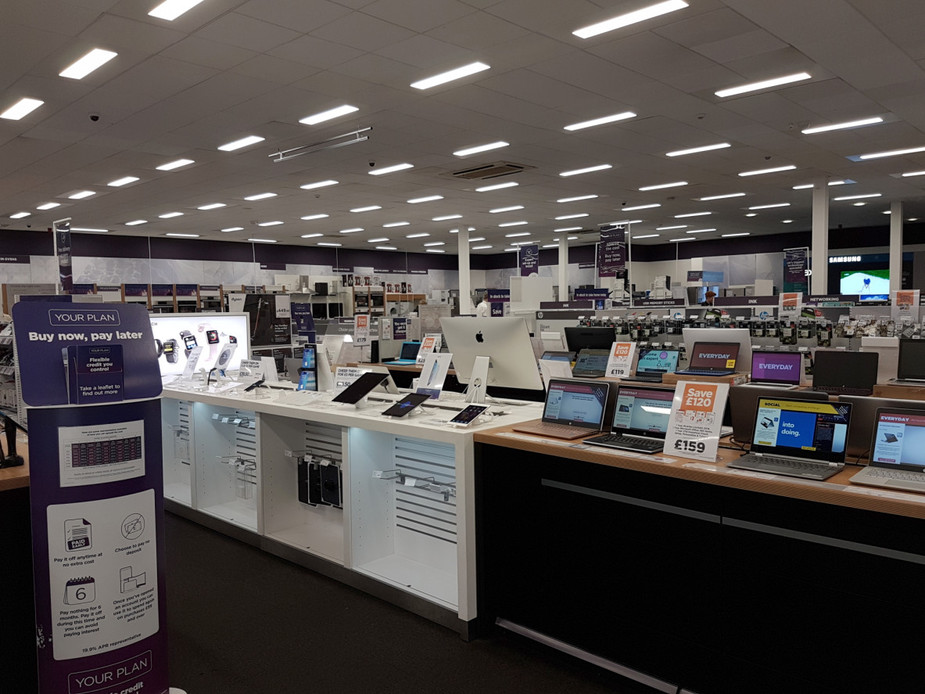
Whole scene, S7, raw, no adjustments
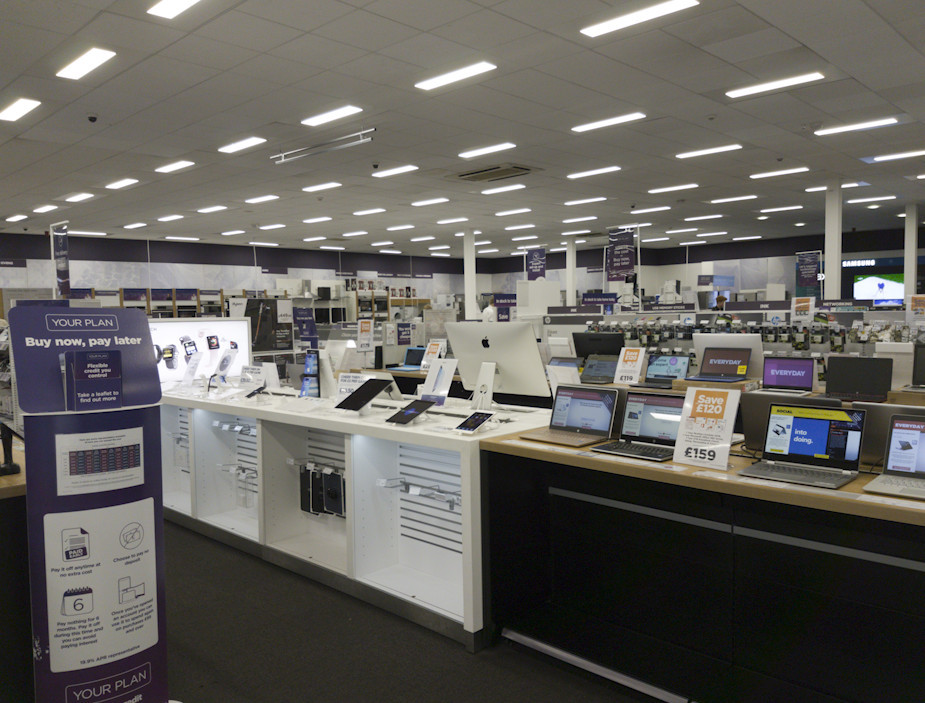
Whole scene, P20 Pro, jpeg
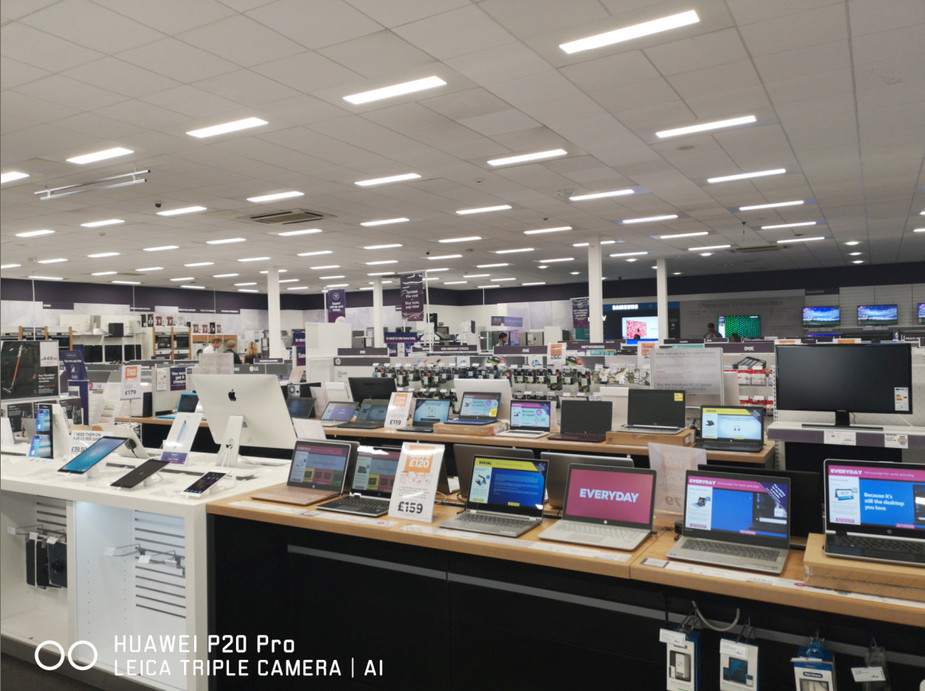
Whole scene, P20 Pro, raw, no adjustments
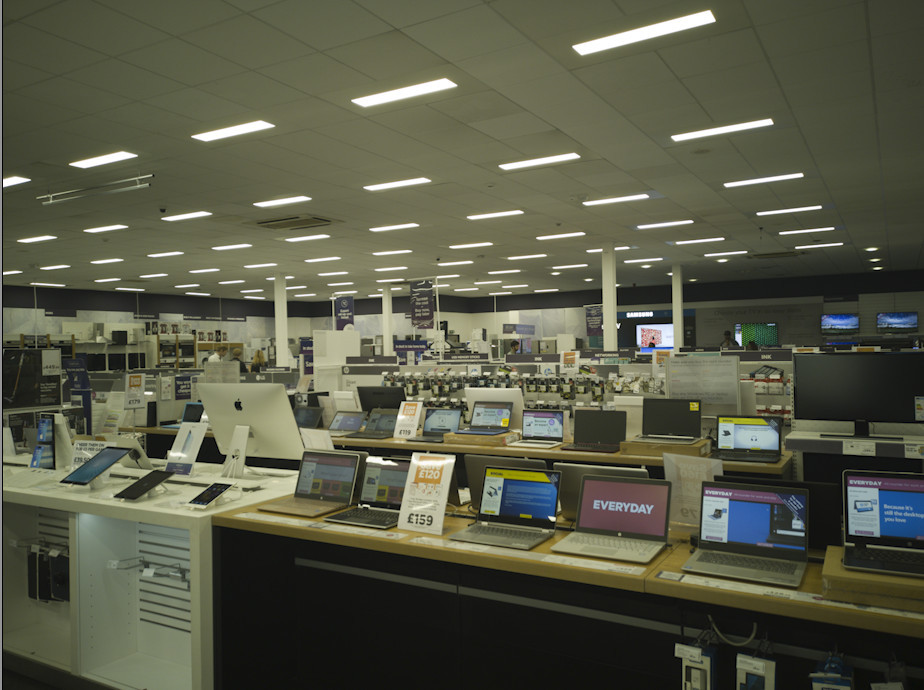
1:1 clip from raw, S7, no adjustments
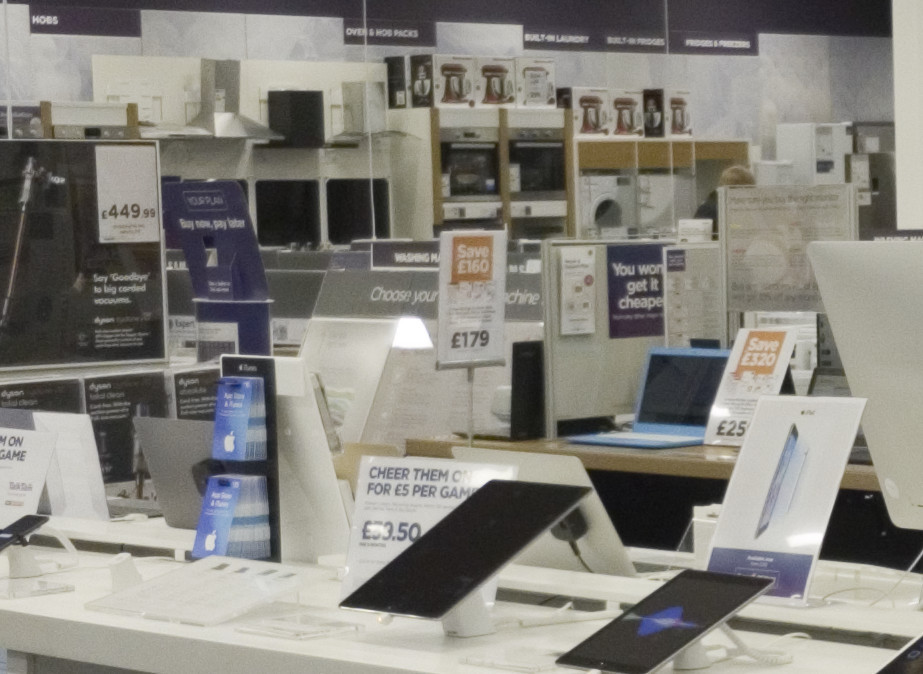
1:1 clip from raw, P20 Pro, no adjustments
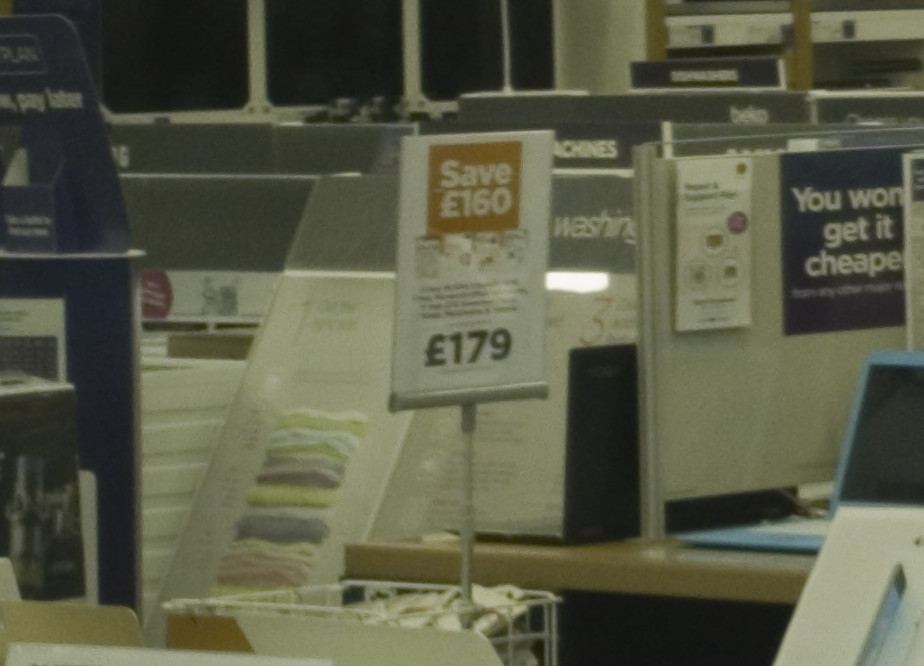
The last two are different in viewing angle because the S7 is 16MP while the P20 is 40MP. If I zoom out the P20 one to 50%, it is not obviously sharper than the S7
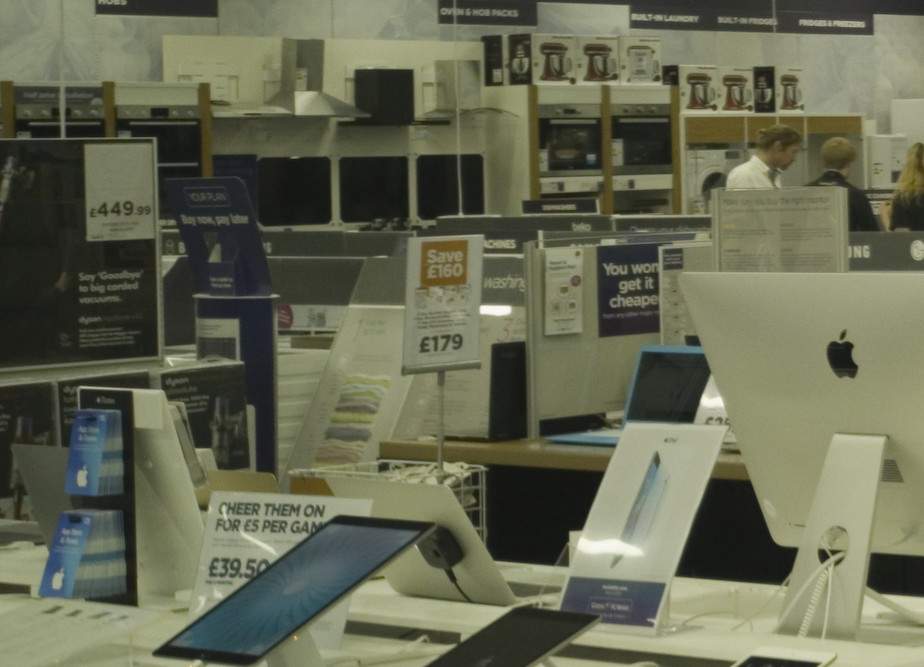
The above pics are all quick hacks, with “auto” white balance.
Now, one could do some tweaking in Lightroom… but you get the idea. When I look e.g. at the ability to bring up shadows, I think the P20 is no better quality on colour and it probably has the same A-D converter resolution (dynamic range), but it achieves at 40MP what the S7 achieves at 16MP which is a big achievement given that the P20 pixels are much smaller. It looks like Huawei have managed to get near the Nokia 808 from 2011 but without creating the big bump on the phone which prevents the phone selling 
I have moved away several years ago from a Nikon D3 body and associated F2.8 prime lenses due to the weight/mass of it all together when on the go. I moved away to the Fuji XPro2, but recently made another move and started shooting almost 100% with my iPhone X and a few lenses from Moment. For video, I mainly use the app FilmicPro in combination with the iPhone X and additionally some Garmin Virb Ultra 30 action cams or for 360 videos the 360Fly 4k camera.
The portrait (dual lens) mode on the iPhone X is a brilliant feature. After taking a picture, you can still play around with the depth of field using an app called Focos.

This picture was taken while on a terrace of a restaurant.
The above pictures are Focos screenshots showing the effect of playing with the aperture afterwards (after taking the picture) to get the desired results.
Taking videos or pictures “through” the propellor requires an ND filter and/or a fixed shutter speed. The shutter speed can be set to a fixed speed using several apps on the iPhone. Moment has a nice 62mm filter holder as can be seen here: https://www.shopmoment.com/shop/filter-mount-62mm
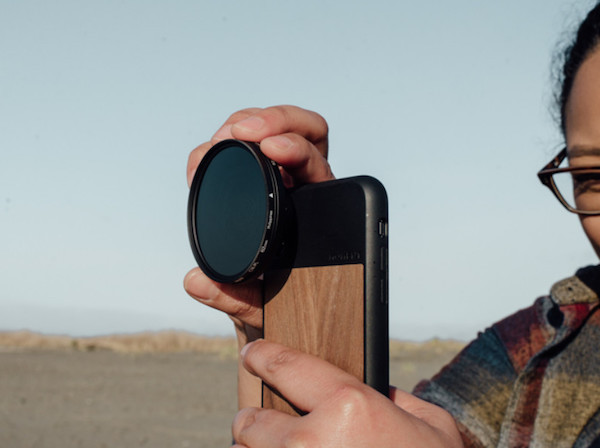
So, the advantage of using your phone instead of a separate DSLR is that your phone is always with you and ready to be used. The quality of pictures is great for most purposes. For my safari work in Africa, I am still missing a good telelens to get real close. On the other hand, I have taken already so many pictures of wild animals with big lenses, that it is quite relaxed not to have the big lens (and associated weight) wth me anymore and if I miss that one shot, I still have lots of pictures of the same animal which I shot in the past.
Very cool. I like Filmic Pro also. It has a very nice color curve out of the box, but my favorite is shooting RAW with ProCamera.
I’m curious to see what the new iPhones in September will offer. There is a bit of talk lately about a Quad Bayer Array also. I can’t read those specs to say what they mean.
I have Filmic Pro too but apart from some nice features for movies I have not seen specific benefits. All the camera apps are little more than control panels for the camera API; they don’t (in most cases) actually manipulate the image data. I spoke to one of the app developers and he said that if the app was moving the data about, the result would be extremely slow. So the “camera app” specifies what the OS should do, and the OS does everything, from the camera raw, creating the jpeg, and writing the jpeg into the user-specified directory (folder). That is also why we see a move to block the use of external SD cards for most things, because they are much slower than internal FLASH. AFAICT the cases where a camera app is capable of writing the image to an external SD card (talking Android here), that is one scenario where the camera app does actually manipulate the file; the way to tell is that if you terminate the app immediately after taking the pic, nothing gets written to the SD card but if the destination was internal, the file would still be written 
The 48mp Sony sensor is interesting, but I can’t help observing that Nokia had 40MP in 2011, using a Toshiba sensor, and managed to produce ~10MP jpegs out of it which were so good that if you watched them (without zooming-in) on a PC, say 1600×1200, you were hard pushed to spot which were ex-Nokia 808 and which were ex-Pentax K5 or K3.
I bet the real challenge is to get that level of performance without the large bump which would today prevent around 99% of people buying the phone 
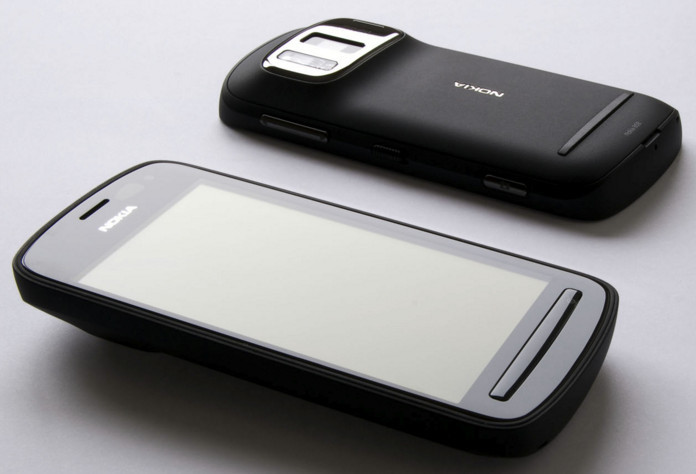
and especially achieving it without using a decent size lens; here’s a pic from 3 years ago. I say this because anybody can make a great camera if they have a big lens and a big piece of silicon.
Obviously the video performance will be much better with the Sony, but almost a decade later it should be. The 808 struggled to do HD at 30fps…
With Filmic Pro you can shoot video at film framerates such as 24 FPS and with a 100mbps FiLMiC Extreme resolution. The Moment app now also shoots in Raw as do several other apps and gives you control over things like the shutter speed and other settings normally not found in the native iOS app.
We just had people staying overnight in our bed and breakfast and I had the opportunity this morning to take a picture of them with their car as they left. I will post the picture here without any editing done to the picture other than that I used the portrait mode while shooting the picture and played afterwards with the depth of field. I could have taken a nicer picture if I had the wide angle Moment lens with me. It is so easy now to take relatively good pictures with your phone, that it just doesn’t make a lot of sense anymore to haul around those heavy DSLR cameras.

Now take the iPhone X (or any similar mobile phone as the Red camera is compared to other mobile phones as well) and compare the results with the Holywood Red camera. The results are close enough to go along with the iPhone instead of again hauling along that big camera.
That’s a great video, Aeroplus. It shows exactly what I would expect – it’s the same thing with still pics. It also follows that getting really good results with phone cameras involves a more careful scene selection than when shooting with the heavy stuff.
There is a telelens for mobile phones called the Sirui lens, that beats the telelens of Moment. The wide angle lens of Moment is great, but seemingly their telelens is not. Great feature of this Sirui telelens is that it fits on the Moment cases, so you don’t have to use the clip to mount it to your phone.
AeroPlus wrote:
There is a telelens for mobile phones called the Sirui lens, that beats the telelens of Moment.
Still waiting for that order of improvement in low light performance. But we’re only making small steps… I couldn’t yet find how big a step the Quad Bayer Array adds, but I imagine it improves low-light performance.
Going on from a post from a year ago, the remaining pro’s of a DSLR are:
- ability to zoom in i.e. no need to physically position close to the subject
- usable depth of field (SOLVED with portrait mode)
- low light performance
- fast-moving action in below average light
- dedicated controls for iso/aperture/shutter setup (SOLVED with ProCamera for photo or FilmicPro for video)
fast-moving action in below average light
Actually most DSLRs struggle with fast moving action even in good light if you want autofocus. Action photographers avoid brands which are otherwise excellent eg. Pentax.
I don’t follow the state of the art on the mirrorless scene right now but I heard that finally Sony made fast focus work usefully on the latest A9 and looking at how long it took them, and how much silicon they have in there, it’s gonna be a long time before phones can do this. But the A9 body is 3-4k…
dedicated controls for iso/aperture/shutter setup (SOLVED with ProCamera for photo or FilmicPro for video)
Has this really been solved for the removing-propeller scenario? I don’t think so. IME nothing gets anywhere near a “prosumer” camcorder with a “manual” shutter, set to 1/80. This works for a 3B prop at 2400rpm and it completely removes the prop. All the other stuff (phones, action cams, etc) get ND filters stuck on the front which makes them use a “slow shutter” but really it is just a longer sampling period on the sensor, and I have never seen the prop really removed. We did this before on various threads but this video shows the difference
Incidentally, can the Iphone X shoot RAW stills, with the camera app launched using the quick launch? I mean with no further user action e.g. not having to select a specific camera mode? None of the android phones can do this AFAICT.
With the Moment iOS camera app, you can shoot in RAW by default and set the shutter speed for VIDEO to 1/80th of e.g. 1/125 to let the propellor disappear. If there is too much light, then use (additionally) an ND filter to reduce the light that comes in.
